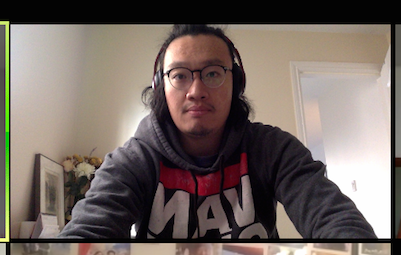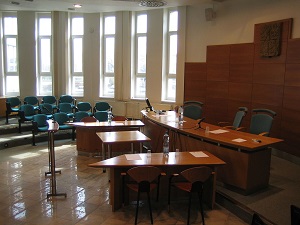
On the Philippines and the Canadian Filipinx Migrant Community – Lou Dangzalan, Canadian Immigration Lawyer
Q&A with Canadian Immigration Lawyer, Lou Dangzalan In today’s special blog, I am chatting with my friend and fellow immigration lawyer in Toronto, Lou Dangzalan.




